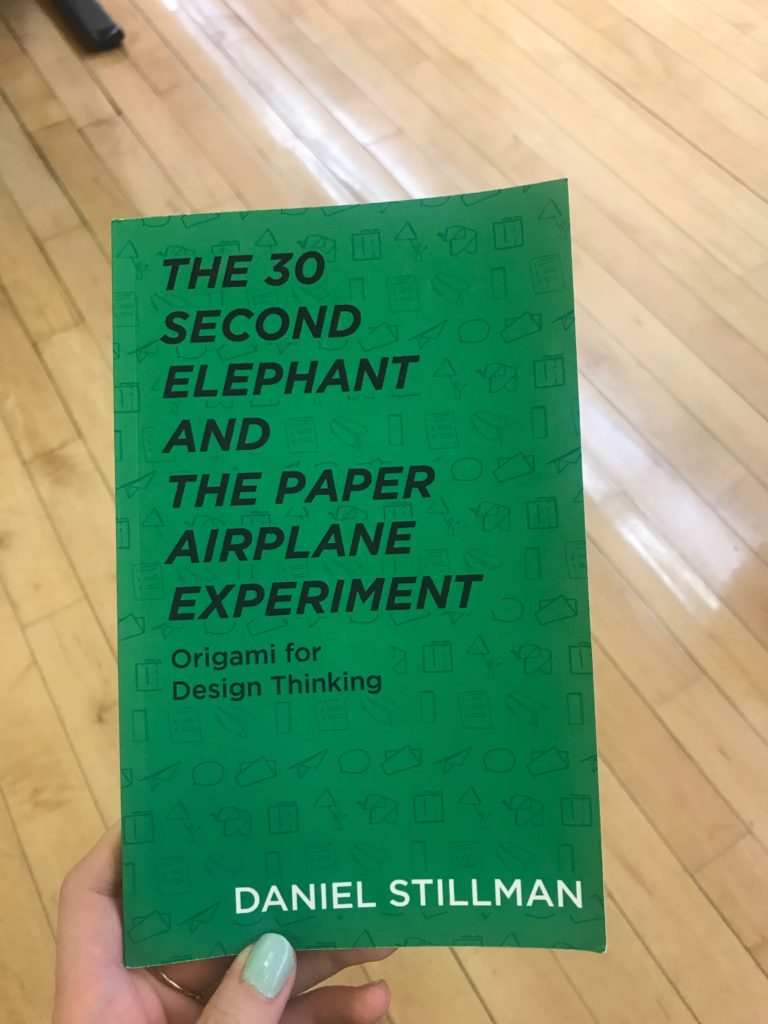
I heard about the technique of using origami, the Japanese art of paper folding, for design thinking from Daniel Stillman, who is the author of the book The 30 Second Elephant and The Paper Airplane Experiment. I attended one of his workshops on facilitating a workshop at a meetup event hosted by DesignSprint NYC. Nowadays being able to facilitate a workshop is seen more commonly in the required skillset among UX designers, as they are often expected to be able to align visions with the clients in terms of the products that they are going to build.
In the workshop, Daniel explained that origami is a perfect tool that can help during the process of any brainstorming workshop, as the hands-on process can help people with no design background think in a more creative manner. Oftentimes creatives tools can be used to create a common ground for people to think about a certain problem and encourage them to think outside the box and be open to different perspectives; another example of this is Lego Serious Play, where participants are to interact with Lego during the process of design thinking.
In his book, Daniel explains different origami activities that can be used during the each of 4 steps of double diamond involved in design thinking: Discover (Diverge), Define (Converge), Develop (Diverge), Deliver (Converge)

Blind Origami exercise is an activity that is used in the first Discover stage, where participants are given a sheet of paper and fold the paper according to the instruction given by the facilitator, with their eyes closed. The important thing about this exercise is that participants are to keep their eyes closed, and to not ask any questions while following the instruction. The facilitator purposely gives somewhat vague instructions, such as “fold the paper in half.”
This exercise benefits both the participator and the facilitator; it shows the participators that there are more than one way to follow a direction and that there are multiple ways to approach a solution. It also teaches the facilitator that without clear usage of words and instructions, the outcome can be very vague as instructions can be interpreted in multiple ways by the participators.
This exercise demonstrates the importance of giving intentionally open-ended instructions or closed-ended instructions; open-ended instruction can encourage participators to be more creative and give multiple answers, while closed-ended answers expect participators to give more specific traditional answers. It is mentioned in the book that facilitators tend to give more open-ended instructions as opposed to leaders who tend to give closed-ended instructions, unintentionally. When facilitating a workshop, it is important to keep in mind what kind of outcomes you desire from the participant, and effectively find the balance between open-ended and closed-ended instructions.